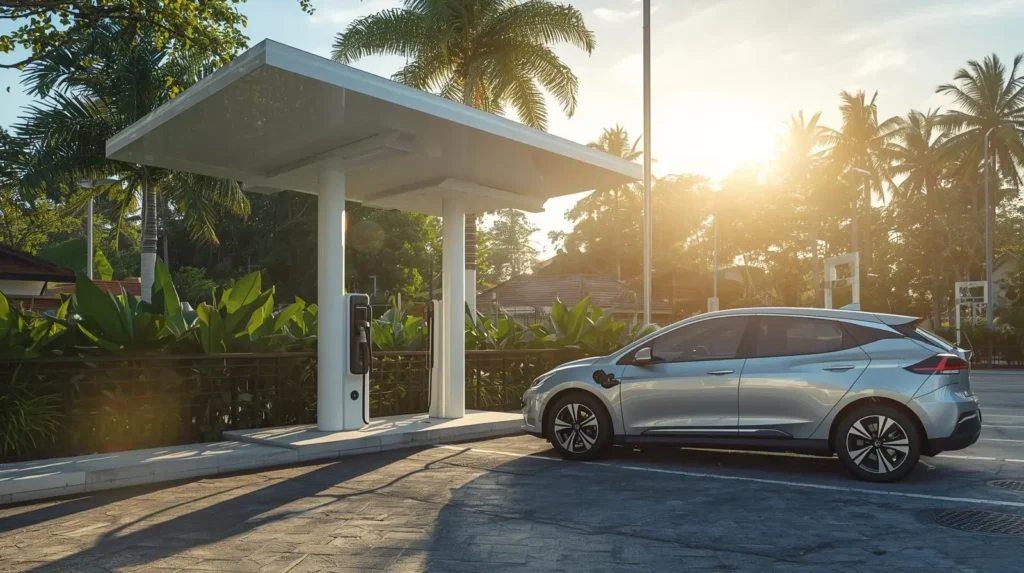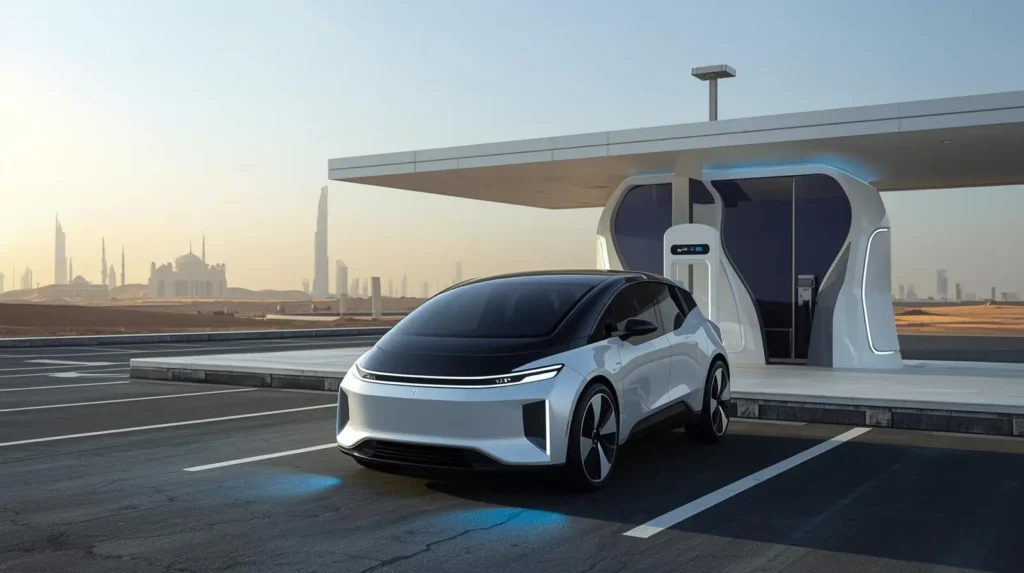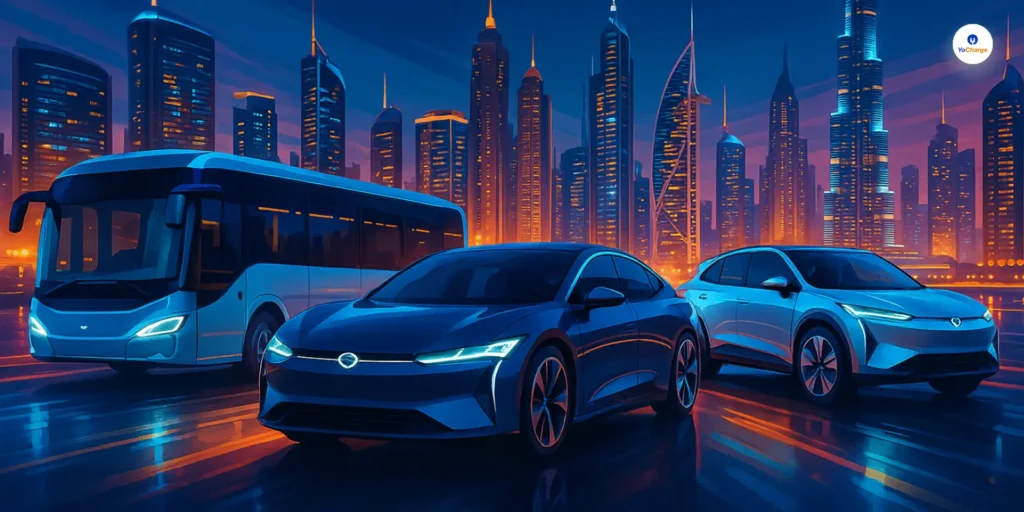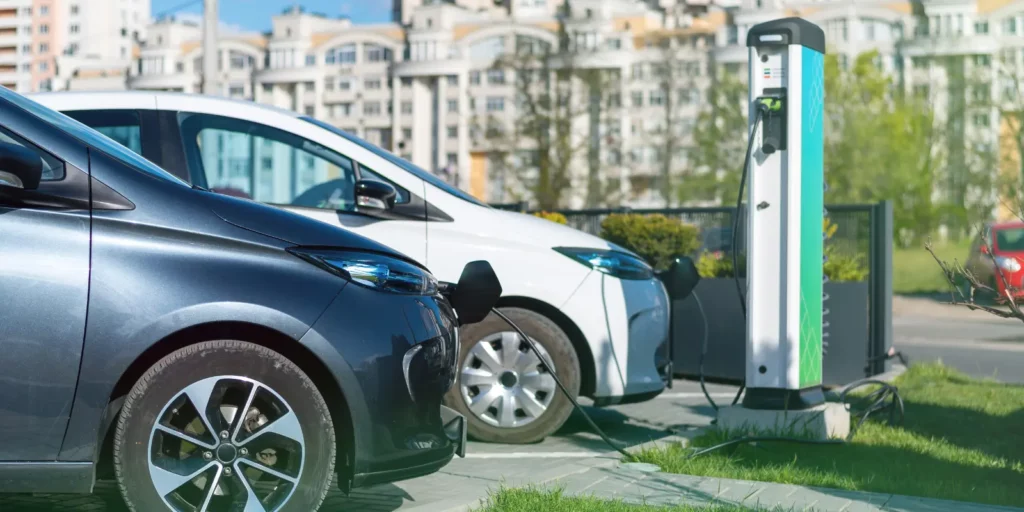
The electric vehicle (EV) market has seen an extraordinary surge in recent years, Cumulative EV sales globally totaled 29 million by the end of 2022. Electric LDVs comprised 99% of global EV sales for the year, and the other 1% were electric HDVs. This remarkable growth trajectory has catapulted the market to a valuation of $359 billion in 2022, underscoring its substantial size and rapid expansion within a relatively short period. Our detailed report delves into the current trends and future projections of the Electric Vehicle Market. For those interested in the comprehensive data and forecasted numbers up to 2030, we invite you to download the full report attached below.
Electric Vehicle Market: Growth and Trends
Projections indicate that this upward trend will persist, with experts forecasting an annual growth rate of 15%. By 2030, the EV market is projected to soar to an astonishing $934 billion, underscoring its position as one of the most dynamic and rapidly growing sectors worldwide.
Global Demand:
Demand for electric vehicles is experiencing an unprecedented surge, particularly in developing nations striving to reduce their carbon footprint and combat air pollution. Governments in these regions are actively promoting EV adoption through a variety of measures, including generous subsidies, tax incentives, and infrastructure development initiatives. Notably, China has emerged as a global leader in the EV market, with a rapidly growing consumer base and robust government support for electrification efforts.
Current Trends and Projections
Analyzing data from 2018 to 2022 reveals a remarkable increase in the market size, from $72 billion in 2018 to $359 billion in 2022. This growth trajectory is expected to continue, with the market forecasted to reach $407 billion in 2023 and $482 billion in 2024. Factors driving this expansion include technological advancements, supportive government policies, and a growing consumer preference for sustainable transportation solutions.
Regional Market Insights
- Asia Pacific Region: The EV market in the Asia Pacific is set to hit $344.9 billion in 2024, with an annual growth rate of 5.95% projected through 2028. This growth is driven by technological advancements, increasing environmental concerns, and favorable government policies.
- Europe, Middle East, and Africa: In 2024, the EV market is forecasted to reach $185.5 billion, with a robust annual growth rate of 12.05% from 2024 to 2028. This region’s growth is fueled by heightened environmental consciousness and strong government incentives.
- United States: The United States EV market is expected to grow significantly, reaching $82.8 billion in 2024 with an annual growth rate of 18.20%. This reflects a substantial shift towards electric transportation among American consumers, driven by government incentives and increasing environmental awareness.
Market Segmentation by Vehicle Type
The electric vehicle market is multifaceted and can be segmented into various categories, including battery electric vehicles (BEVs), plug-in hybrid electric vehicles (PHEVs), and hybrid electric vehicles (HEVs). Presently, BEVs hold the largest share of the market, accounting for nearly 60% of global market dominance. However, with the proliferation of charging infrastructure and government incentives, the popularity of PHEVs and HEVs is steadily rising, offering consumers a broader range of choices to suit their preferences and needs.
Alternatively, the market is also divided through
- 2-Wheeler EVs: The global electric two-wheeler market is projected to grow at a CAGR of 9.84%, reaching $72.16 billion by 2030. E-scooters lead this segment, driven by product innovation and increasing consumer adoption.
- 3-Wheeler EVs: Valued at $14.29 billion in 2022, the global three-wheeler market is expected to reach $37.49 billion by 2032. This growth is driven by the rising demand for affordable commercial vehicles and increasing environmental concerns.
- 4-Wheeler EVs: The global electric car market, valued at $120 billion in 2022, is projected to reach $431.38 billion by 2032. Key drivers include environmental concerns, advancements in battery technology, and government incentives.
In depth analysis & growth projection for Automobile Market in India
Read Also
Competitive Landscape:
The electric vehicle market is characterized by intense competition, with traditional automotive manufacturers and tech giants alike vying for market share. Companies such as Tesla, General Motors, Toyota, and Volkswagen are at the forefront of innovation, continually expanding their EV portfolios and investing in research and development to stay ahead of the curve. This competitive landscape fosters innovation and drives down costs, making electric vehicles more accessible and appealing to a wider range of consumers.
Drivers of Growth:
A confluence of factors propels the exponential growth of the electric vehicle market. Foremost among these is the escalating concern over climate change and the urgent need for sustainable transportation solutions. Heightened environmental consciousness has galvanized governments and organizations worldwide to enact stringent emissions regulations, driving up the demand for EVs as a cleaner alternative to traditional combustion engine vehicles. Additionally, significant strides in technology, particularly in battery technology, have led to a notable reduction in the cost of EV production.
This cost reduction has made electric vehicles increasingly cost-competitive, further incentivizing consumers to transition to EVs. Moreover, shifting consumer preferences and the perception of EVs as not only environmentally friendly but also technologically advanced and economically viable options for transportation have contributed significantly to the market’s growth.
Challenges:
Despite its rapid growth, the electric vehicle market faces several challenges that must be addressed to sustain its momentum. One significant challenge is the limited driving range of electric vehicles and the uneven distribution of charging infrastructure, which can deter potential buyers and limit widespread adoption. Manufacturers are actively working to overcome these challenges by developing technologies to improve battery efficiency and extend EV range, while governments are investing in infrastructure development projects to expand charging networks and enhance accessibility.
Additionally, concerns about the environmental impact of battery production and disposal, as well as the need for more sustainable materials and recycling processes, remain important considerations for the industry as it continues to evolve. Addressing these challenges will be essential to realizing the full potential of the electric vehicle market and achieving widespread adoption on a global scale.
Future Outlook
The Global Electric Vehicle Market is not only experiencing rapid growth globally but also shows a promising trajectory for the future. With diverse market segments like electric two-wheelers and electric cars witnessing significant expansion, the EV sector is poised to shape the future of the automotive industry and contribute to a more sustainable world.
Growing awareness regarding the need for sustainable transportation, coupled with technological advancements and government support, is set to propel exponential growth in the electric vehicle market in coming years. This not only presents a huge opportunity for electric vehicle manufacturers but also bodes well for the environment. As we look towards a greener and more sustainable future, electric vehicles will play a crucial role in achieving this goal.
For a deeper dive into the detailed numbers and forecasts up to 2030, download our comprehensive report on the Electric Vehicle Market below. Explore the trends, insights, and projections that are driving this transformative shift in the automotive landscape.
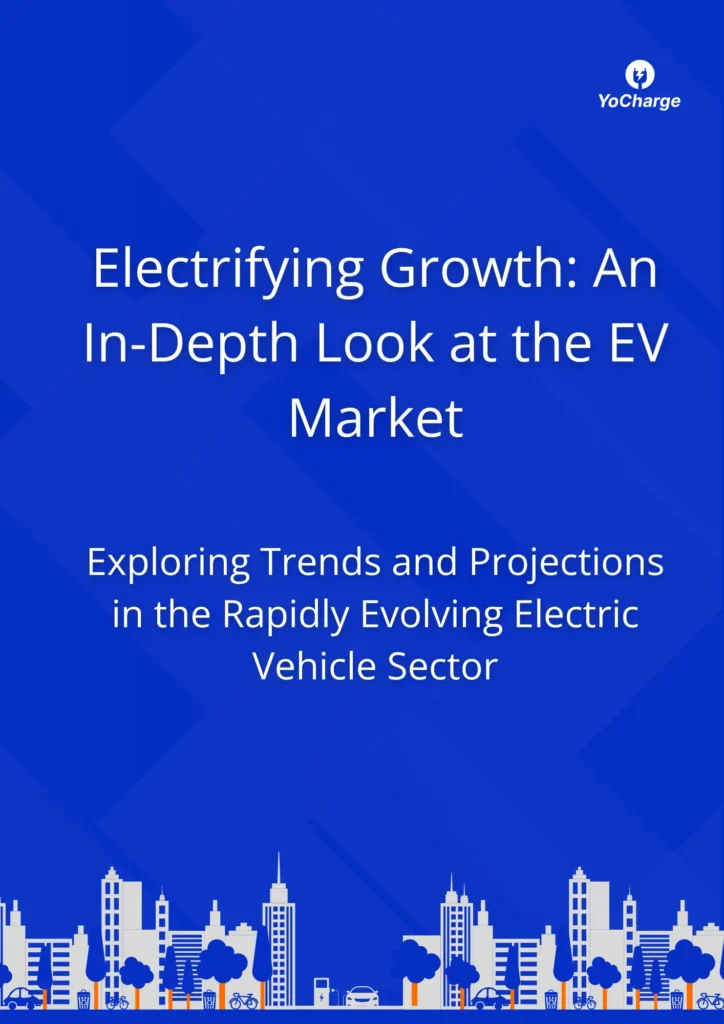
Exploring the Electric Vehicle Market: Analyzing Growth and Emerging Trends
This report unlocks the detailed insights into the rapid growth and future projections of the Electric Vehicle Market across the globe. This comprehensive report covers current trends, market segmentation, and forecasted numbers up to 2030.
Discover the factors driving this transformative shift in the automotive industry and gain access to in-depth data and analysis that highlight the immense potential of the EV sector.
Stay informed and ahead of the curve in the evolving landscape of electric mobility.
